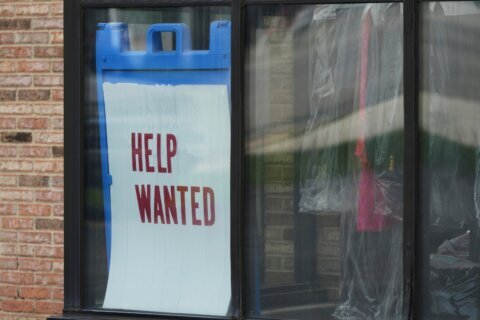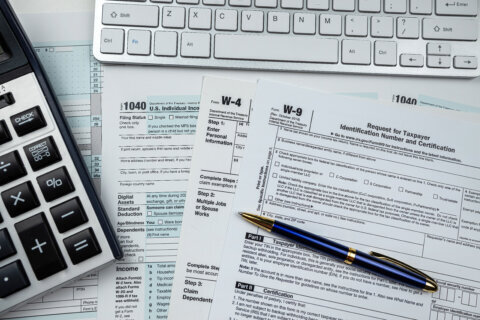WASHINGTON — Do you have more than just you and the kids living at home? The percentage of multigenerational households is on the rise, according to the real estate firm Trulia.
In 2014, 4.3 percent of U.S. households included at least three generations, typically parents, children and grandparents, up from 3.6 percent in 2006.
Why the increase?
Trulia says some of it may be due to economics, with many families consolidating to make ends meet in the wake of the Great Recession, but it is also because of the increasing ethnic population in the U.S. Multigenerational homes are more common among Asians and Hispanics, Trulia’s numbers show.
The highest concentrations of multigenerational households are found in high-rent areas in and around Chicago, Long Island and Philadelphia, and ethnic enclaves of Miami, Los Angeles and Honolulu.
In El Paso, Texas, more than 92 percent of households with three generations under one roof are Hispanic. Nearly 94 percent of multigenerational households in Miami identify as either black or Hispanic.
Honolulu has the highest percentage of multigenerational households, at 9 percent, and nearly 74 percent of them identify as Asian or Pacific Islander.
Madison, Wisconsin, has the lowest percentage of multigenerational households, at just 2 percent.
In the Washington metro area, 4.7 percent of households are multigenerational, with 10.1 percent of Hispanic households living with three or more generations under one roof.








